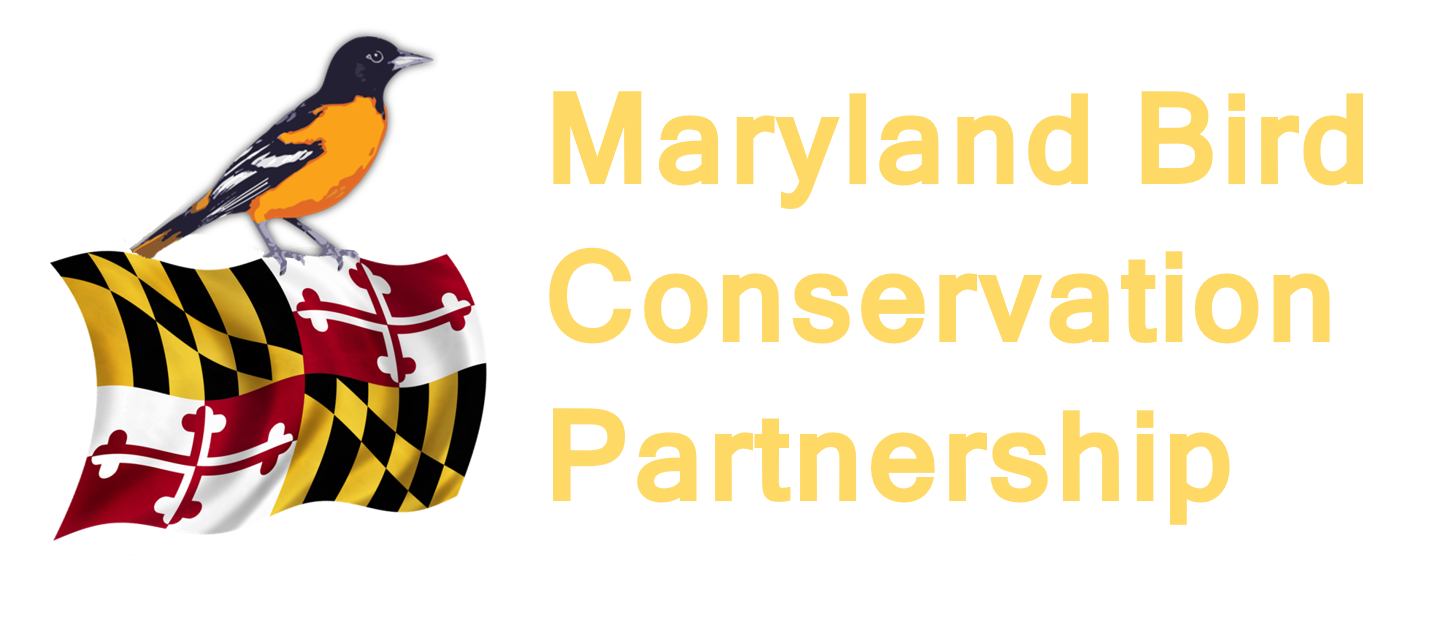American Kestrel (Falco sparverius)
CAVITY NESTER
Smallest falcon in North America
The American Kestrel (Falco sparverius) is the smallest and most common falcon in North America. The female is slightly larger and is all rufous on the back and wings. The male has blue-gray wings. Both sexes have double black stripes on a white face. Kestrels are sometimes called Sparrow Hawks or killy hawks (for their rapid “killy!” calls).
DIET of the AMerican Kestrel
Kestrels feed primarily on grasshoppers, insects, small rodents, and small birds. American Kestrels commonly hunt from roadside utility lines or hover in mid-air above fields.
Interior of nestbox with adult kestrel and chicks.
American Kestrel HABITAT AND NESTING
Kestrels are cavity nesters but cannot excavate their own nests. They prefer natural tree cavities, old woodpecker holes, rock crevices, and nooks in buildings. They readily take to nest boxes. Kestrel nest sites are along wood edges or in the middle of an open area.
CONSERVATION STATUS of the American Kestrel
Despite their widespread distribution across the Americas, the North American population of American Kestrels has declined by 48% in the last 50 years. In Maryland, the number of block with breeding evidence decreased by 31% between the first two atlases ending in 1987 and 2006. While population declines cannot be attributed to a single factor, habitat loss due to rapid urbanization in the greater Washington DC-Baltimore corridor is one of the main causes. The American Kestrel is designated a Species of Greatest Conservation Need in the 2015 Maryland State Wildlife Action Plan. By providing nest boxes in appropriate habitat, Maryland landowners in agricultural communities can play an important role in the future of this small falcon.
Male American Kestrel © Kenny / Adobe Stock
Nest box photo by John Smallwood, PhD


